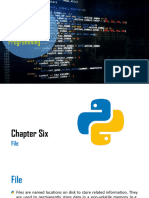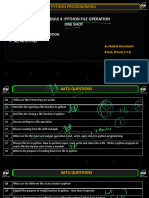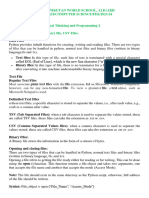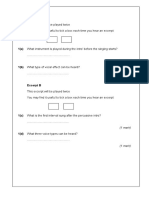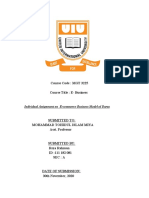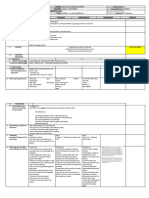0% found this document useful (0 votes)
11 views17 pagesCMPE 103 Module 2 File Handling in Python
Python
Uploaded by
Consimino, Eviyen Kody, S.Copyright
© © All Rights Reserved
We take content rights seriously. If you suspect this is your content, claim it here.
Available Formats
Download as PDF, TXT or read online on Scribd
0% found this document useful (0 votes)
11 views17 pagesCMPE 103 Module 2 File Handling in Python
Python
Uploaded by
Consimino, Eviyen Kody, S.Copyright
© © All Rights Reserved
We take content rights seriously. If you suspect this is your content, claim it here.
Available Formats
Download as PDF, TXT or read online on Scribd
/ 17















